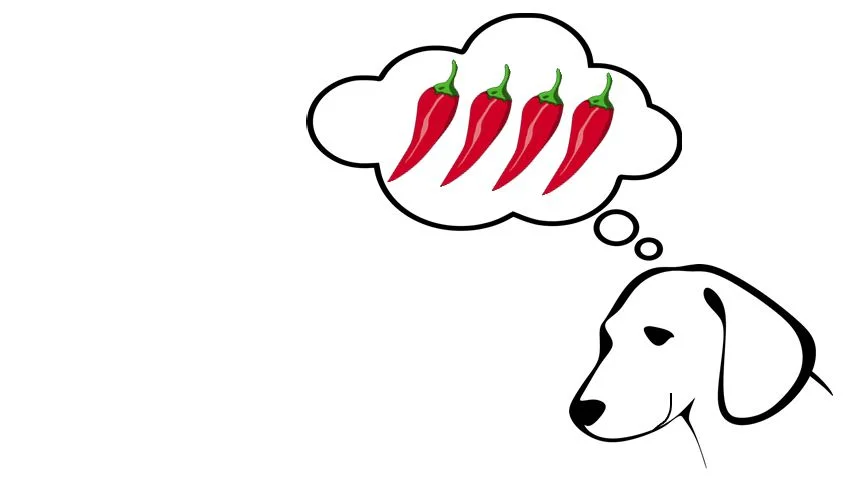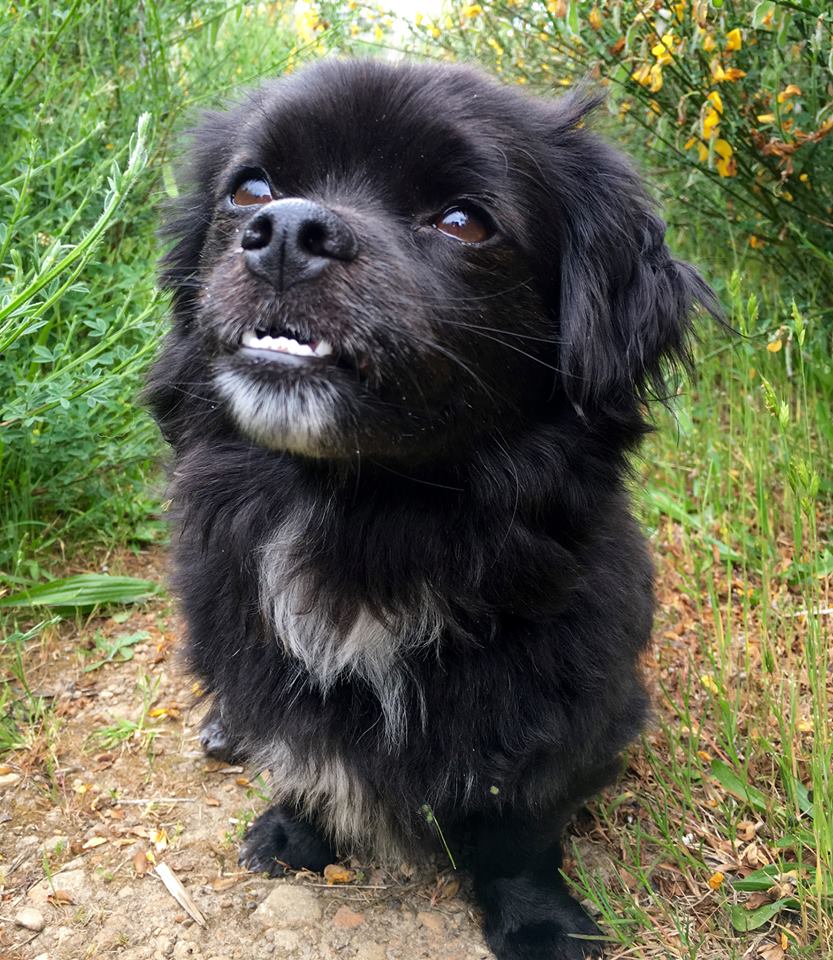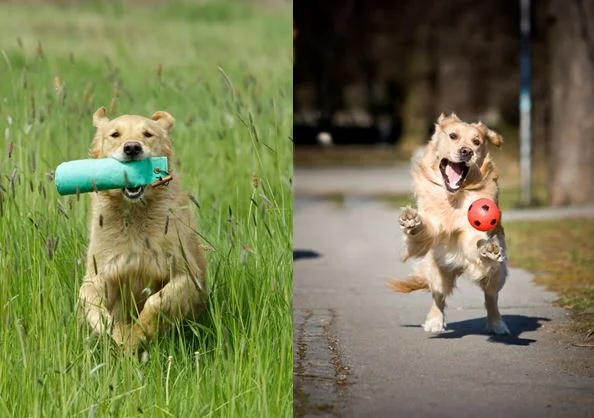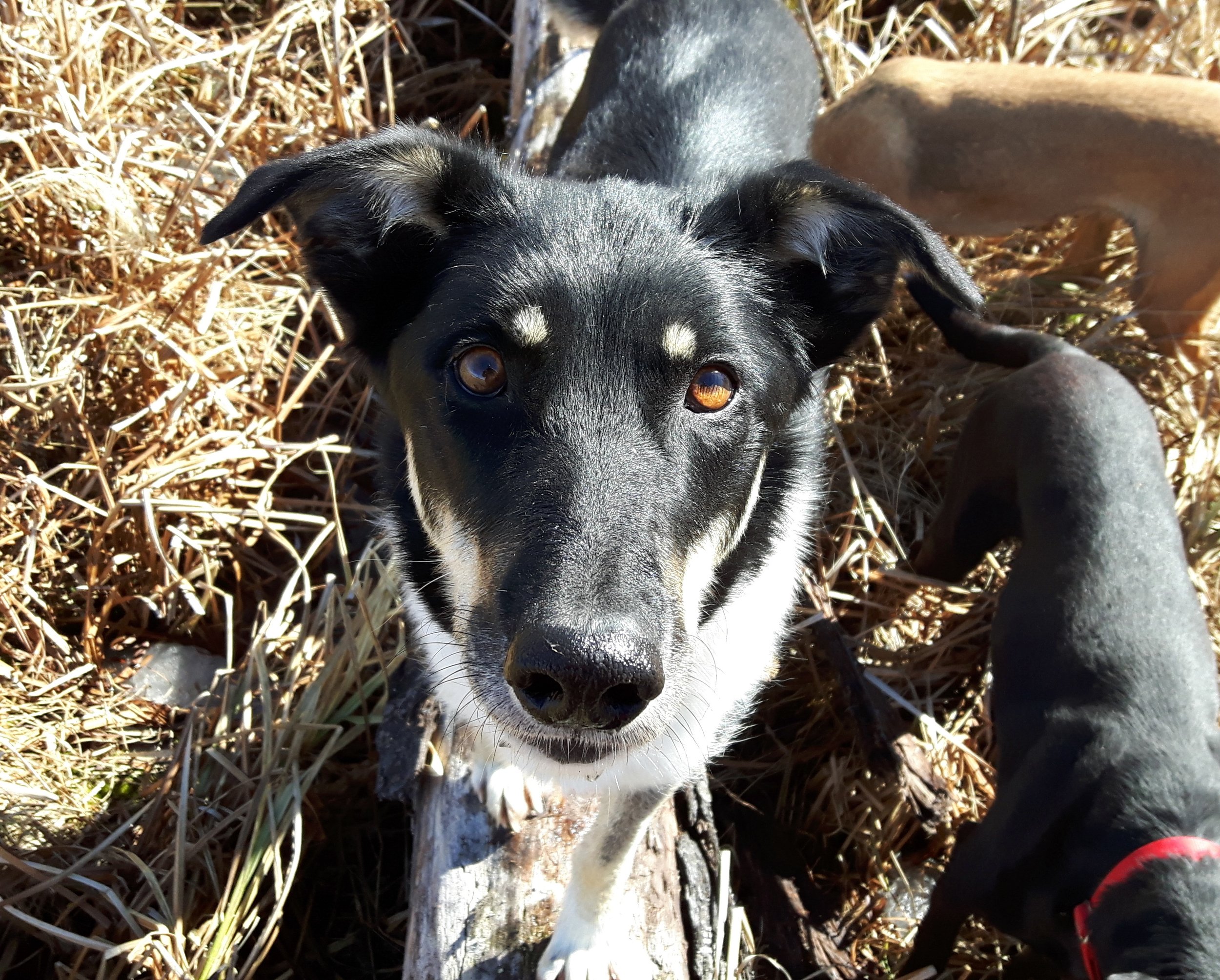We used to have a “no fabric dog toys” rule in our home. It made sense when it was enacted: we had a couple of dogs who enjoyed fabric with too much gusto. Instead of stopping at chewing and ripping and spitting it out, they actually consumed the fabric with glee and abandon. And since fabric is not a natural foodstuff for dogs (no matter what the dogs themselves may say about it) we had a couple of scary, vet-involved incidences. Fabric toys were consigned to the “nope” list for our house, and we carried on.
Fast forward five years, and both those dogs are sadly gone. Without much thought, though, we just carried on as before, skipping the stuffie aisle at the pet store.
But recently, things changed. We got a puppy. A gorgeous, sweet, hilarious, magical puppy. Along with all her puppy magic, we got puppy smiles, puppy barks, puppy skin (how can there be so much?), puppy feet, puppy eyes, puppy breath, and of course, puppy teeth.
Those teeth.
They’re so small! How is it possible? It seems anatomically unlikely, like a mouse tooth in a carnivore’s body. But there they are, those perfect tiny, toothy, teeth. And man do puppies use their teeth with abandon. Everything must go into that mouth. I have long told my dog training clients that “puppies experience their worlds through their mouths!” and this knowledge has a new, fresh, experiential edge to it now.
To keep our clothing, shoes, cords, and furniture safe, we had to meet our puppy’s chewing needs in other ways. And we had to do it quick: she needed chew toys. Lots, and of all shapes and sizes. She showed a preference for fabric (and winter boots, but that’s another story). So we backtracked on our embargo of fabric toys and signed up for a monthly box service. Lo and behold, a bevvy of new of fabric toys now lands in our post office box every four weeks. Deciding to go ahead and buy fabric toys was a decision made out of desperation more than thoughtful personal growth, but the end point was the same: fabric toys and the detritus thereof now litters our home.
With relief we found that the puppy does indeed love the fabric toys. They function as we`d hoped: keeping puppy teeth off cords, clothes, and shoes. But we were (I’m a bit ashamed to admit) surprised and of course delighted to see that all our dogs are playing with them, not just the puppy. They rip the stuffies up, they pull out the stuffing, they get the squeakers out and kill them dead, and then they gambol and shake the tattered remains as a final stufficidal act. The toys last a few weeks, so the dogs are at the ready for the new batch, when it arrives. Where possible, we stick the stuffing back in so they can kill it again and again.
Allaying my own fears
How did I make sure it was safe for our dogs? We simply supervised the first few hours of chewing, for each dog. We watched for evidence of consumption, which is the worrisome aspect of allowing dogs to play with stuffed toys. But none of our current dogs ate the fabric or innards, so as the days ticked by without incident, we relaxed our supervision. (There are always trade-offs with allowing dogs to do pretty much anything, of course).
Lessons learned
Due to obsolete and unexamined fears of intestinal blockage, we had allowed an antiquated rule to stay active in the rule book. We were preventing our dogs from expressing normal behaviour, preventing them from having fun, and preventing them from a great and easy source of enrichment.
So, dear reader. Here’s my request. When you look at your New Year’s Resolution list, pencil in “re-examine old rules” at the bottom of the list. There are some old rules that may still be in effect at your home, and they may be no longer needed. They may, in fact, be harming your dog’s quality of life in the same way that our anti-stuffie stance was. Perhaps they were enacted due to a previous dog, or perhaps they were enacted due to outdated information provided to you from a dog training source. Here are some rules that I’d love to see more people let go of:
Rule: No dogs on the couch
Why strike this rule? Dogs on the couch aren’t worrisomely height-seeking, they’re adorably comfort-seeking.Rule: Dog must walk in heel.
Why strike this rule? Dogs allowed to wander around and be dogs on walks will find walks more enriching and pleasant, and more tiring. They are not being bad, they are being the normal, interesting, and information-seeking adult organisms that we’ve bred them to be.Rule: No chew toys of __________ kind.
Why strike this rule? Learn from my mistake, here.Rule: No dog play.
Why strike this rule? If your dog has had a couple of non-injurious fights and you’re worried about mayhem, contact a dog trainer for more information. If they’re scared of other dogs, continue to protect them from other dogs.Rule: No dogs through door first.
Why strike this rule? This rule is another misinterpretation of normal dog behaviour. They aren’t being dominant, they just like going fast through doors.Rule: Dog must spend hours in the backyard.
Why strike this rule? Yet another one that is based misinformation. The truth is that most dogs prefer spending the day inside! If your dog chews or messes when left inside, get in touch with a trainer. Those issues, and a raft of others, can usually be resolved.Rule: No dogs on the bed
Why strike this rule? If you don’t want your dog on the bed, that’s absolutely fine. But if you’re worried they’ll think they’re a human or other social/status issue, that’s been debunked!Rule: No sniffing on walks
Why strike this rule? Stopping to sniff is enriching and species-appropriate. Let them sniff! Their walks will be more tiring and joyful.Rule: No dog play in the house.
Why strike this rule? If it’s safe for them to do it, you can sit back and enjoy watching their intricate communications, open-mouthed hilarity, and of course, couch zoomies. It’s the best of the best on the Dog Play Channel.
What’s on your list?


































































